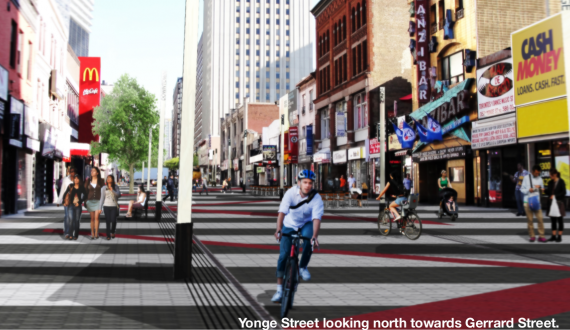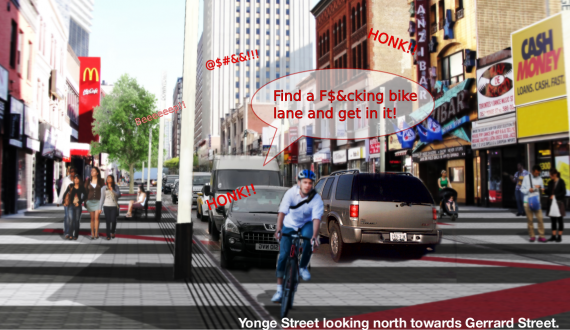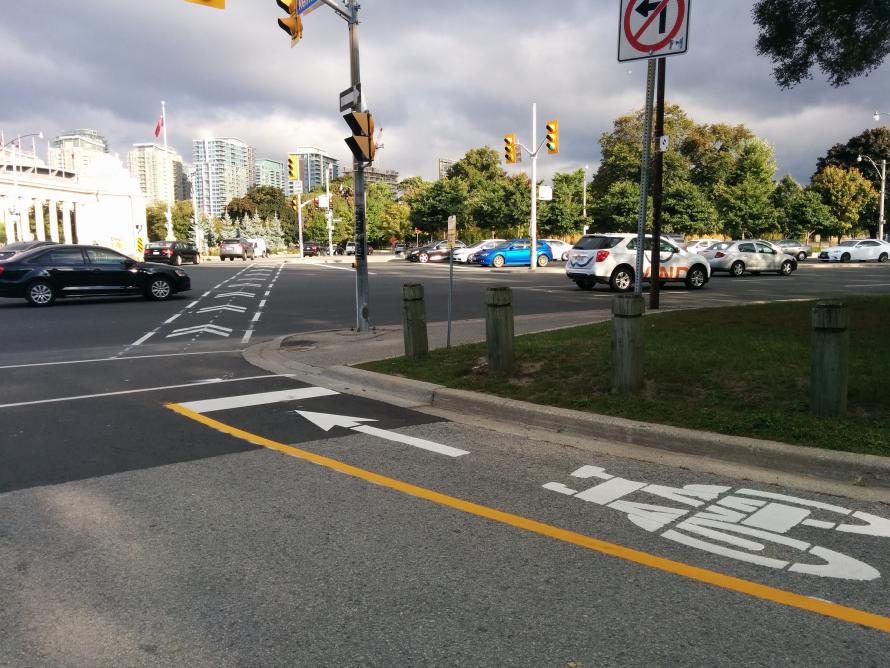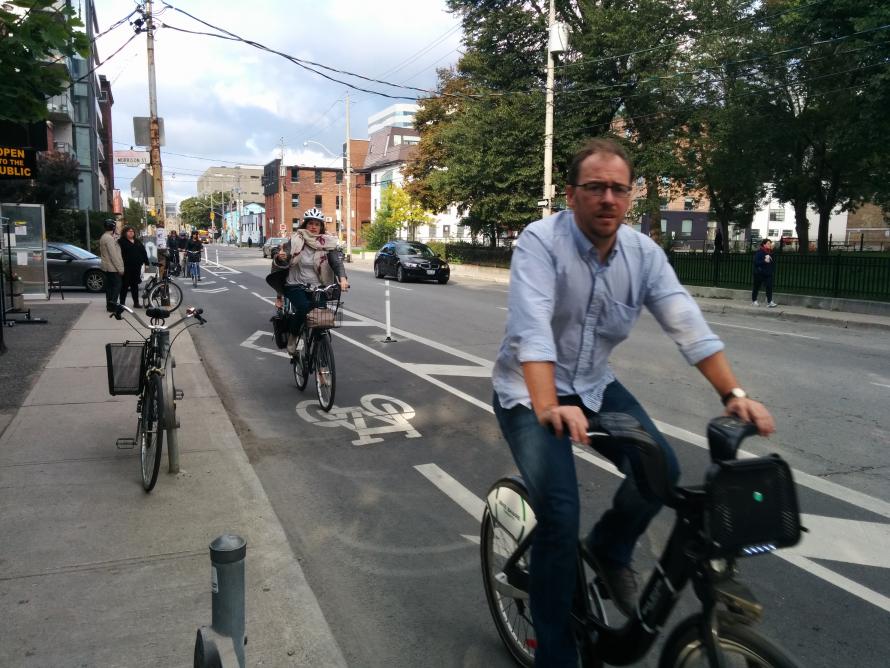Young urban planner Richard Valenzona just won the $5000 NXT City Prize for his project YONGE-REDUX A New Vision of Yonge Street. Valenzona's entry pleased the judges by showing how he'd expand Yonge's "pedestrian access and transforming the street’s visual appearance". This is how he imagined it:
Toronto's chief planner, Jennifer Keesmat, thought it was a great idea. "This is an idea that would actually work in this location in part because it's an area where there are vastly more pedestrians than cars," said Keesmat.
I say it sucks.
I don't want to pick on Valenzona, who I'm sure is a smart, young man with a bright future in planning and picked some pleasing elements for his design here. No, my problem is that Valenzona's design is representative of a growing planning movement that could be considered quasi-"shared space".
Valenzona's design, which the judges were so pleased with, exists in a fairy land where downtown car traffic has virtually disappeared. So I took the liberty of fixing Valenzona's design by putting the cars back in:
Instead of that idyllic picture of pedestrians meandering on wide sidewalks and cyclists weaving to and fro on empty streets, the finished product will look more like another recent "shared space" mess in Poynton, England that did nothing to reduce car traffic and told cyclists to go screw themselves.
This is Poynton now:
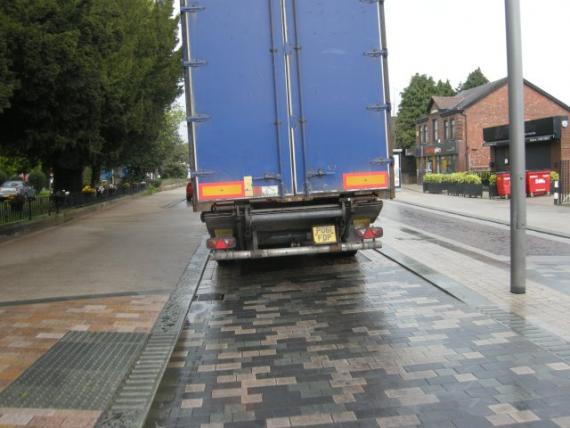
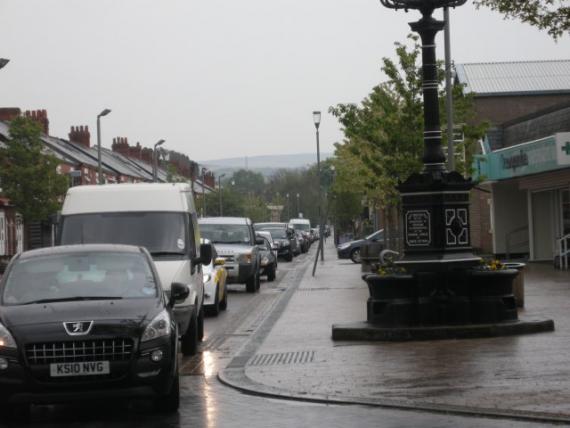
I assume there's nice brick under all those cars.
Valenzona also received another $10,000 to continue working on his design. "Over the next year, Richard will work closely with Distl and a team of industry mentors to implement his vision and improve one of Toronto’s most famous public ultimately transforming it into a globally recognized street spaces."
You can add as much fancy brick as you like but you can't make traffic disappear. And if your solution for cyclists is to force them to sit behind heavy traffic and breath in heavy fumes, in ride in front of angry drivers forced to travel at bike speed, then your solution is actually worse than what we have right now on Yonge.
With no space for cyclists, and faced with the only option of sitting in car traffic, cyclists will probably do what this man ends up doing in Poynton: take to the expansive space set aside for pedestrians.
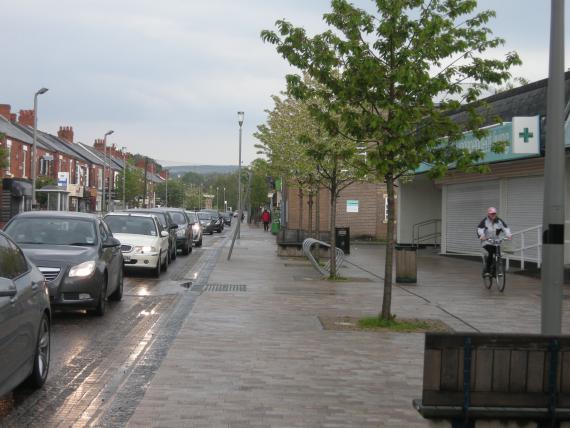
Will Yonge be yet another project like John Street or Front Street where designers decide to ignore all the concerns of cyclists? Is this what Toronto will interpret as a "complete street"? I guess we'll find out.

